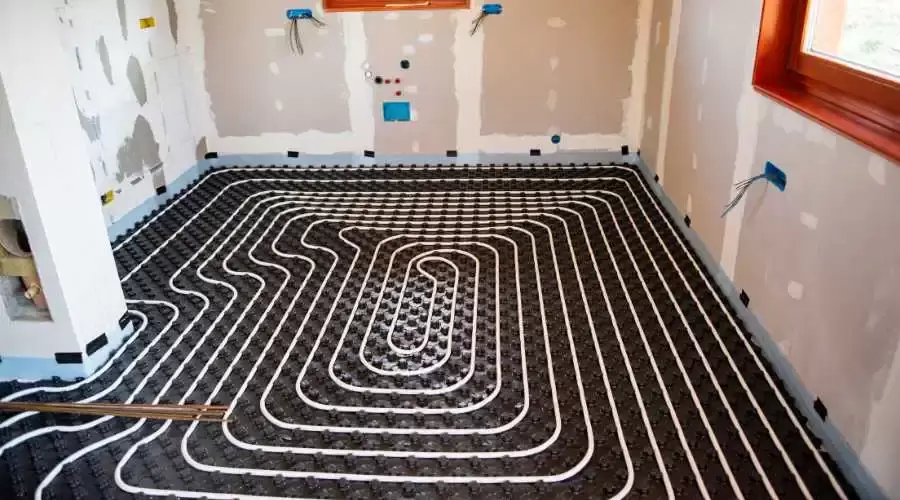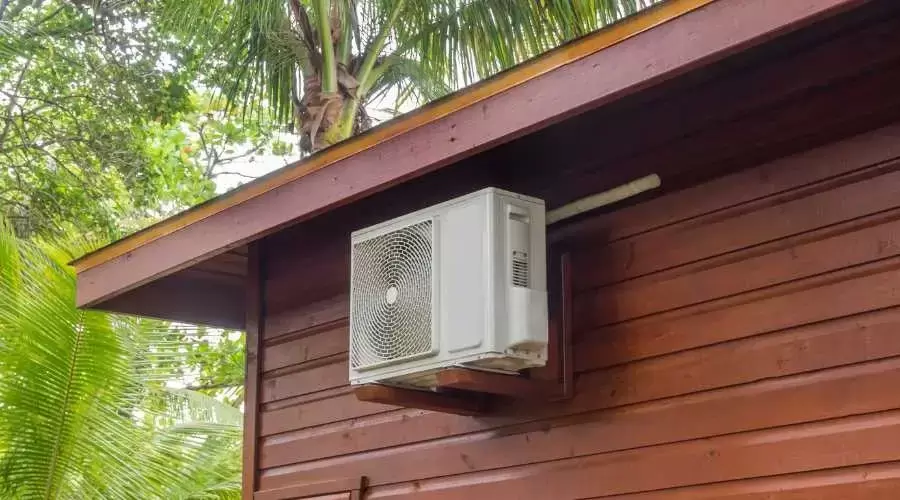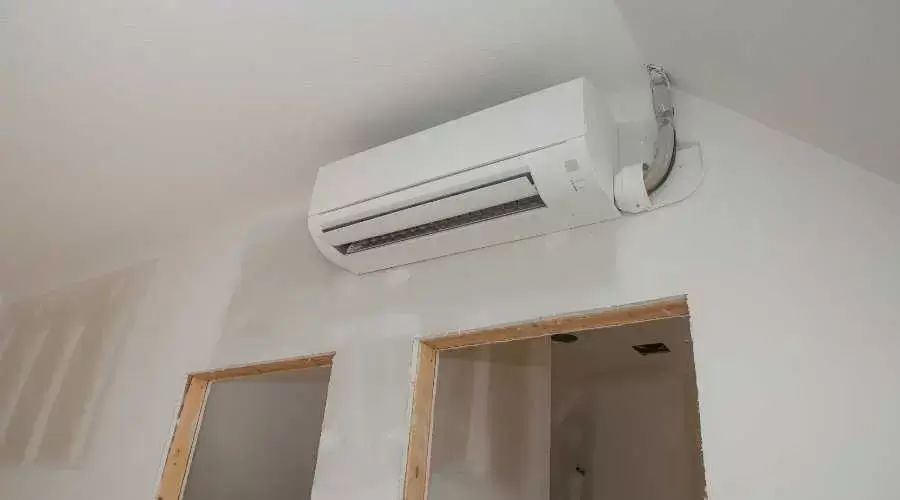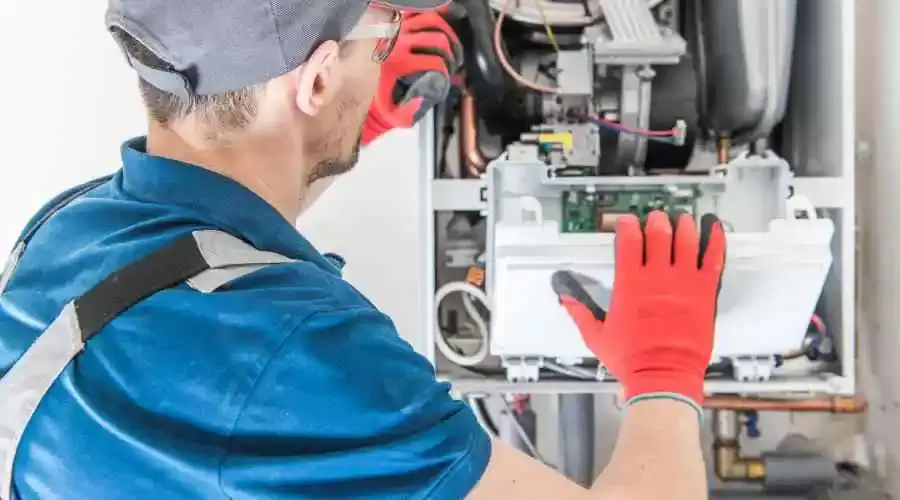|
The HVAC (Heating, Ventilation, and Air Conditioning) industry has been undergoing a fascinating transformation, fueled by technological advancements, shifting consumer preferences, and a growing focus on energy efficiency. In this article, we will explore the current trends and future prospects of the HVAC sector, revealing how it is set for a remarkable growth and innovation in the succeeding years.
Smart HVAC Systems: Leading the Way Among the numerous HVAC technologies, smart HVAC systems have emerged as the star attraction, captivating consumers with their promise of enhanced performance and personalized comfort. These intelligent systems incorporate advanced sensors, Wi-Fi connectivity, and ingenious smart thermostats, orchestrating a symphony of optimized energy usage and seamless remote control through mobile apps. Homeowners and businesses alike have eagerly embraced this innovation, applauding its ability to conserve energy, improve indoor air quality, and cater to individual preferences.
0 Comments
A homeowner should be aware of the distinction between a furnace and a heat pump. Both are used to heat your home, but they have some key differences. You must understand which heating system best fits your needs as well as the benefits of each before making your decision. A heat pump is a heating and cooling system that brings heat or cold from the outside and circulates it inside. An indoor air-handling unit and an outdoor compressor unit are necessary for mini-split installation. A furnace draws in cold air, circulates it via a heat exchanger, and then releases it into the interior space.
Your home can be heated and cooled in an unconventional way with a mini-split system. An indoor unit, an outdoor unit (condenser), and a network of connections connecting the two make up this system. The drain, refrigerant, and electric lines are shown here. The absence of ductwork is the most noteworthy feature of this kind of heating and cooling technology. It can be used in a variety of homes because of this.
A mini-split system will be completely different from anything you've ever seen if you're used to conventional centralized heating and cooling systems. It's important to understand the key differences between utilization and energy efficiency, especially given the variety of today's options.
Are you seeking for a ductless, energy-efficient solution to heat and cool your house? The ideal approach might be to use a DIY-capable mini-split from Boreal. These small, economical, and energy-efficient systems are simple to install and can deliver dependable heating and cooling all year long. You can install a small split yourself using the instructions in this article, and you'll be prepared for any weather.
As summer approaches, this is the ideal time to purchase a new home conditioning system. If you need to heat or cool areas of your home without ducting, think about buying a ductless system. Daikin provides ductless single-zone and multi-zone choices that regulate the humidity, temperature, and fresh air in your house. Selecting ductless heat pump systems for your Union City, New Jersey home has numerous advantages.
Invest in Air Purification
Air purification systems, such as the Air Scrubber Plus, are great ways to reduce the level of allergens in your indoor air. The Air Scrubber Plus whole-home air purifier has the ability to intercept and eliminate 99% of captured pathogens and irritants! Even after just 30 minutes of operation, there will be far fewer irritants circulating throughout the home. This investment could potentially reduce future health risks associated with poor air quality. The Greater Seattle area is in the midst of summer, which means temperatures are climbing. While warmer weather is ideal for spending days by the pool or having fun with the family, it can be hard on your thermostat. To keep your family comfortable throughout the hottest season, it's crucial to maintain your home's temperature. How can you keep cool during the summer? In Bellevue, Washington, and the neighboring areas, keep reading to learn three essential techniques for house cooling this summer.
Your mini-split system needs to be cleaned frequently, just like any other machine or piece of equipment. A unit's effectiveness can be greatly lowered by an accumulation of grime and other particles. There is a little learning curve following your initial mini-split installation, even though the procedure for cleaning a mini-split is straightforward once you've done it a few times. A few problematic things should be avoided, and recommended practices should be followed. After reading this tutorial, you'll be aware of what to watch out for while cleaning your HVAC micro split system.
A furnace is one of the finest options when choosing a new heating system, whether it is for a new installation or to replace an existing HVAC system. Understanding how furnaces operate can help you choose a system that will meet your specific demands as there are several models to choose from that offer a variety of fuel sources.
What Do Fireplaces Do? The purpose of a furnace is to distribute heat throughout a household or business structure. Because the system uses a blower to direct and distribute warm air throughout the house or building, furnaces are also known as forced-air furnaces. How Do Fireplaces Operate? Several variables affect how a furnace functions. There are significant variances between each type, even though they all aim to heat air and then distribute the heated air through a component in the building's ventilation system. The type of fuel utilized and the various heat transmission techniques might cause variations in furnace models. To assist system performance and energy efficiency, certain systems could also contain features unique to their model. Various Furnace Types There are numerous types of furnaces that use various fuel sources. Some furnace models run on propane or natural gas. Other model varieties run on electricity or oil. Wood is another fuel source used by some furnaces. Gas heatersA propane or natural gas furnace operates differently from one another in one fundamental way. With a natural gas furnace, the fuel enters the furnace through a pipe or connection to the gas source buried underground. To hold the fuel, a propane furnace needs a separate storage tank. With either kind, the burner activates as soon as the gas enters the appliance and starts warming the fuel. The unit will then produce warm air by using the cold air already present in the house. This is done by blowing the cold air across the heat exchanger, where it is subsequently heated by the gas burning there. Vents will release the exhaust during the procedure through a flue pipe. The blower fan then takes control of the operation and uses the ductwork to distribute the warmed air to all of the supply registers in the building. The cold air is filtered back via the ducts to the furnace as the warm air is dispersed, raising the temperature. When the desired temperature is reached, the thermostat will shut off the gas supply valve, putting an end to the process of generating warm air further. Reduced heating expenses, cheaper energy bills, more efficiency, improved dependability, and cleaner fuel combustion are all advantages of natural gas furnaces. Additionally advantageous are propane gas furnaces' low cost, adaptability, safety, high level of warmth, and environmental friendliness. Electric heatersThe utilization of a motor to pump cool air into the system is the fundamental concept behind an electric furnace. The air is sent to the furnace's heating components, where it receives heat before being sent back to the ducts. The system is operated by a number of components. A thermostat is used in an electric furnace to regulate the sequencer, one of the furnace's parts. The sequencer is a device that can engage switches to perform duties required for the furnace's operation. It can supply power to the internal components and to the fan and blower that pump warm air through the ducts and into each room's registers by blowing air over the heating elements or coils. The register, which will be equipped with a damper, enables the flow of air into each room to be controlled when the warm air enters them. A limit switch is also used in electric furnaces to enhance safety. When the system is operating normally during the heating cycle, the switch detects the temperature of the furnace and alerts the blower fan when to turn on or off. The limit switch turns the system off if the furnace's internal temperature rises too much and it starts to overheat. Electric furnaces have a number of advantages. These include cost-effectiveness, environmental friendliness, a longer lifespan, and efficient heat generation because an electric furnace doesn't need a separate storage tank. Burning oilAn oil furnace also needs a separate tank to store the fuel, just like the propane furnace does. Additionally, an oil heater works on the same fundamental principles as electric and gas furnaces in that warm air is produced in the system and distributed through the ductwork. When the thermostat drops below the desired temperature, an oil furnace starts up. The fuel pump accesses and draws oil from the storage tank as soon as the furnace is turned on. Before entering the burner chamber, where the fuel is converted from a liquid to a mist, the oil first travels through a filter. The mist is then sprayed onto the burner. Air taken from the inside of the structure is also directed to the burner chamber when it starts to heat to a high temperature. , and as a result, it too becomes hotter. As a result, heated air is released into the duct system, reaching every room. The device will stop cycling hot air once the temperature reaches the desired level on the thermostat and continue doing so until it drops below it. Equipment that is less expensive than that of a gas or electric furnace, less expensive repairs, and the fact that oil is a good heat source are just a few advantages of an oil furnace. Upkeep of a FurnaceYou want to protect your investment in a furnace. An established maintenance schedule protects your investment, improves energy efficiency, and increases equipment lifespan. Systems are properly maintained by qualified professionals with the help of our program at Union City HVAC & Heating. We support equipment maintenance by providing guaranteed appointments, twice-yearly tune-ups, discounts on parts and services, lower service fees, and a lifetime warranty on Union City HVAC & Heating components and labor. |
AuthorWe are a team of qualified professionals more than ready and committed to provide you with excellent services to ensure that you enjoy the comfort of your home's or office's air and heating systems. Archives
November 2023
Categories
All
|











 RSS Feed
RSS Feed
